Simple Hacks to Improve Online Assessment
 Photo by Glenn Carstens-Peters on Unsplash
Photo by Glenn Carstens-Peters on Unsplash
Formative evaluation strategies can work well in online classrooms—with a few small adjustments.
- 0 Comments
- Mar 3, 2021 10:00:00 AM
- Posted by Natalia Galvis
- Topics: Robotics, About the Robots, EdTech, STEM, Curriculum, teachers, Coding, students, programming, Technology, Edchat, Digital Technology, teaching, online, lessons, eLearning, Automation
Gamification in Education: Rewards and Improvement-based Learning
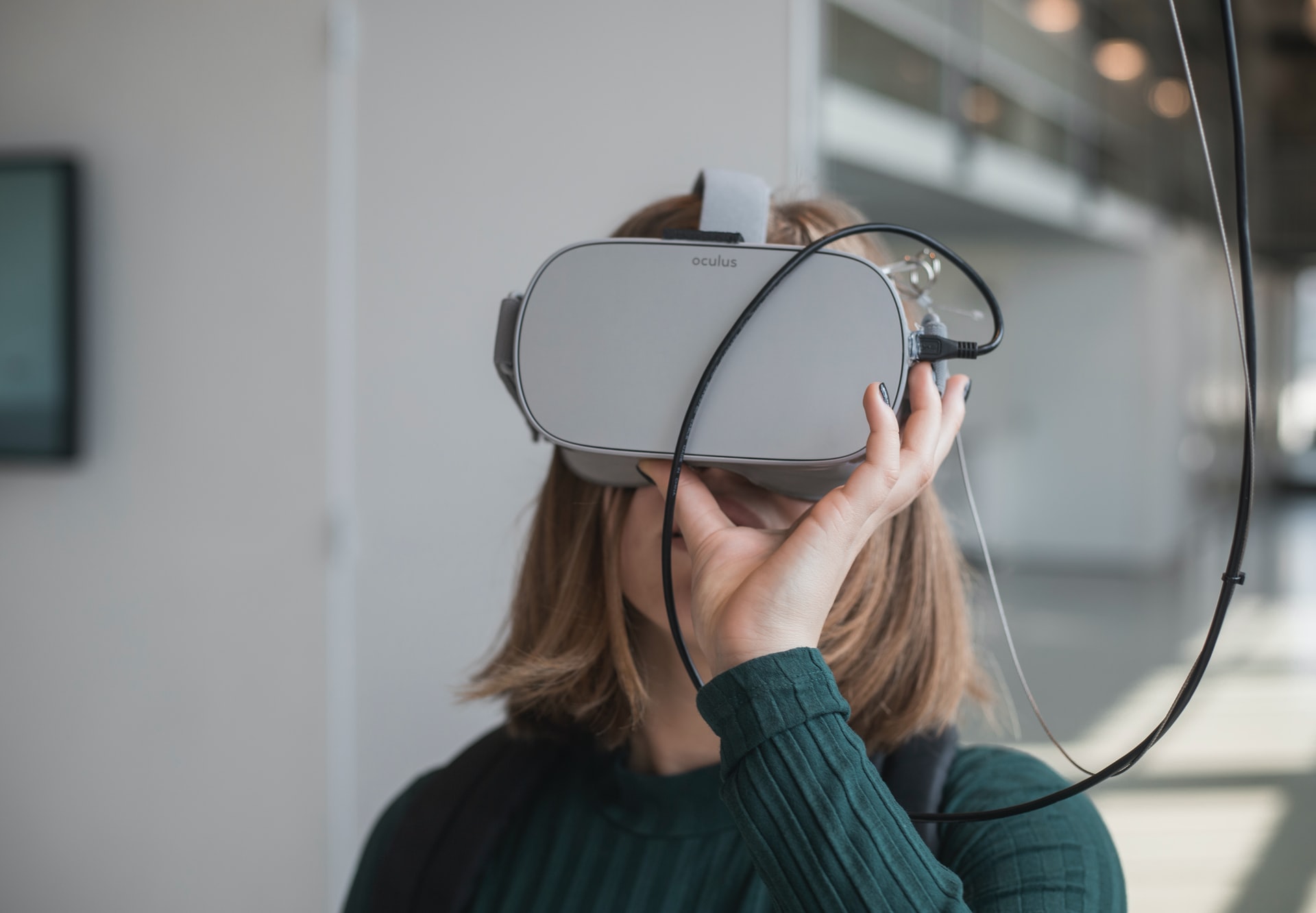 Photo by Maxim Hopman on Unsplash
Photo by Maxim Hopman on Unsplash
Gamification in education has been the talk of the town for quite some time now, especially for the benefits a class can derive from a learning system based on rewards and improvements.
The use of game-design elements in non-game contexts, like education, has some untapped potential that can represent the next idea to make your online learning schedule even more engaging and entertaining.
- 0 Comments
- Mar 2, 2021 10:00:00 AM
- Posted by Natalia Galvis
- Topics: Robotics, About the Robots, EdTech, STEM, Curriculum, teachers, Coding, students, programming, Technology, Edchat, Digital Technology, teaching, online, lessons, eLearning, Automation
How STEM Learning has Evolved in COVID-19
By Lauren Groff
Of course, COVID-19 has had an impact on the world like no other event, and everything has changed, from the way we go to work and school, the way we act around each other, and the way we learn. But how has COVID-19 affected STEM learning specifically? What changes have been made and what direction are we heading in now we’re starting to see signs of a post-COVID world?
In today’s article, we’re going to explore everything you need to know.
- 0 Comments
- Mar 1, 2021 10:00:00 AM
- Posted by Natalia Galvis
- Topics: Robotics, About the Robots, EdTech, STEM, Curriculum, teachers, Coding, students, programming, Technology, Edchat, Digital Technology, teaching, online, lessons, eLearning, Automation
Can Humans Feel Empathy for Robots in Pain?
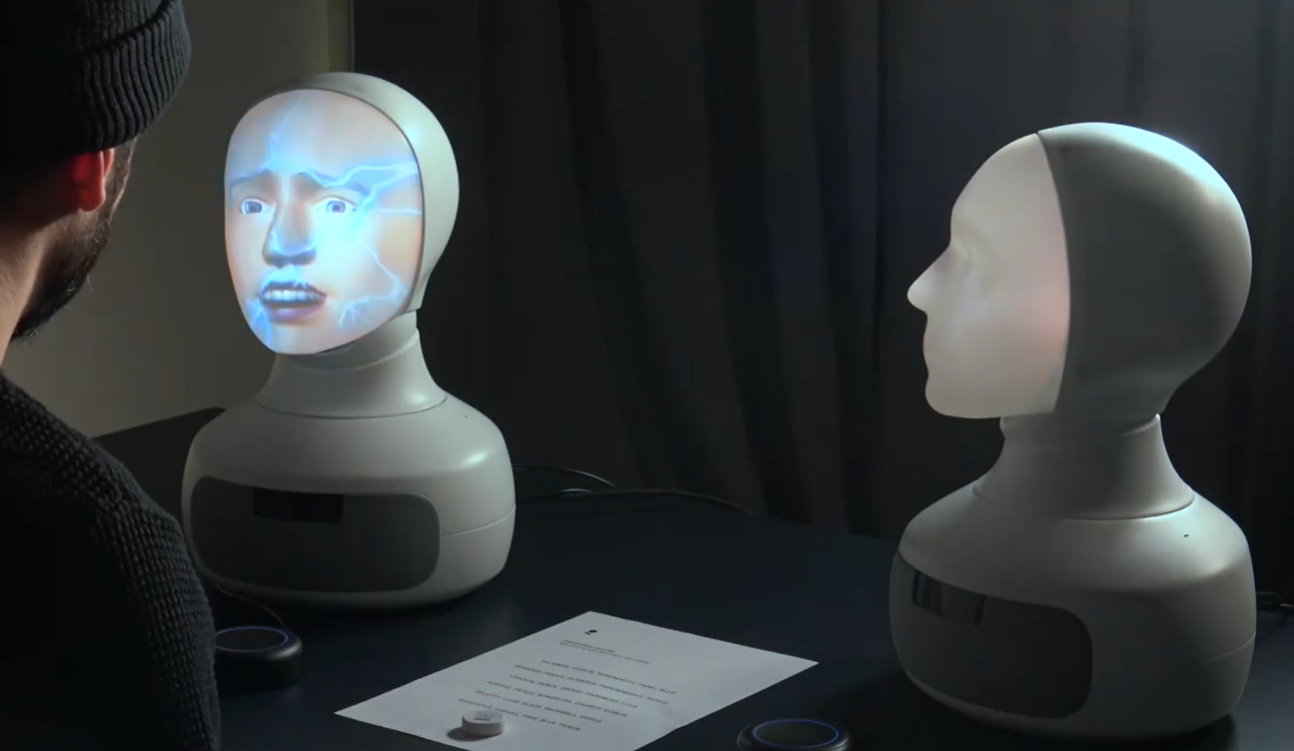
Can humans feel empathy for robots in pain?! Ever curious, Furhat's team wanted to find out by replicating a famous psychology study called the Milgram Experiment. See the outcome:
- 0 Comments
- Feb 26, 2021 10:00:00 AM
- Posted by Natalia Galvis
- Topics: Robotics, About the Robots, EdTech, STEM, Curriculum, teachers, Coding, students, programming, Technology, Edchat, Digital Technology, teaching, online, lessons, eLearning, Automation
5 Top Tips for Teaching Coding Remotely
By Jodie
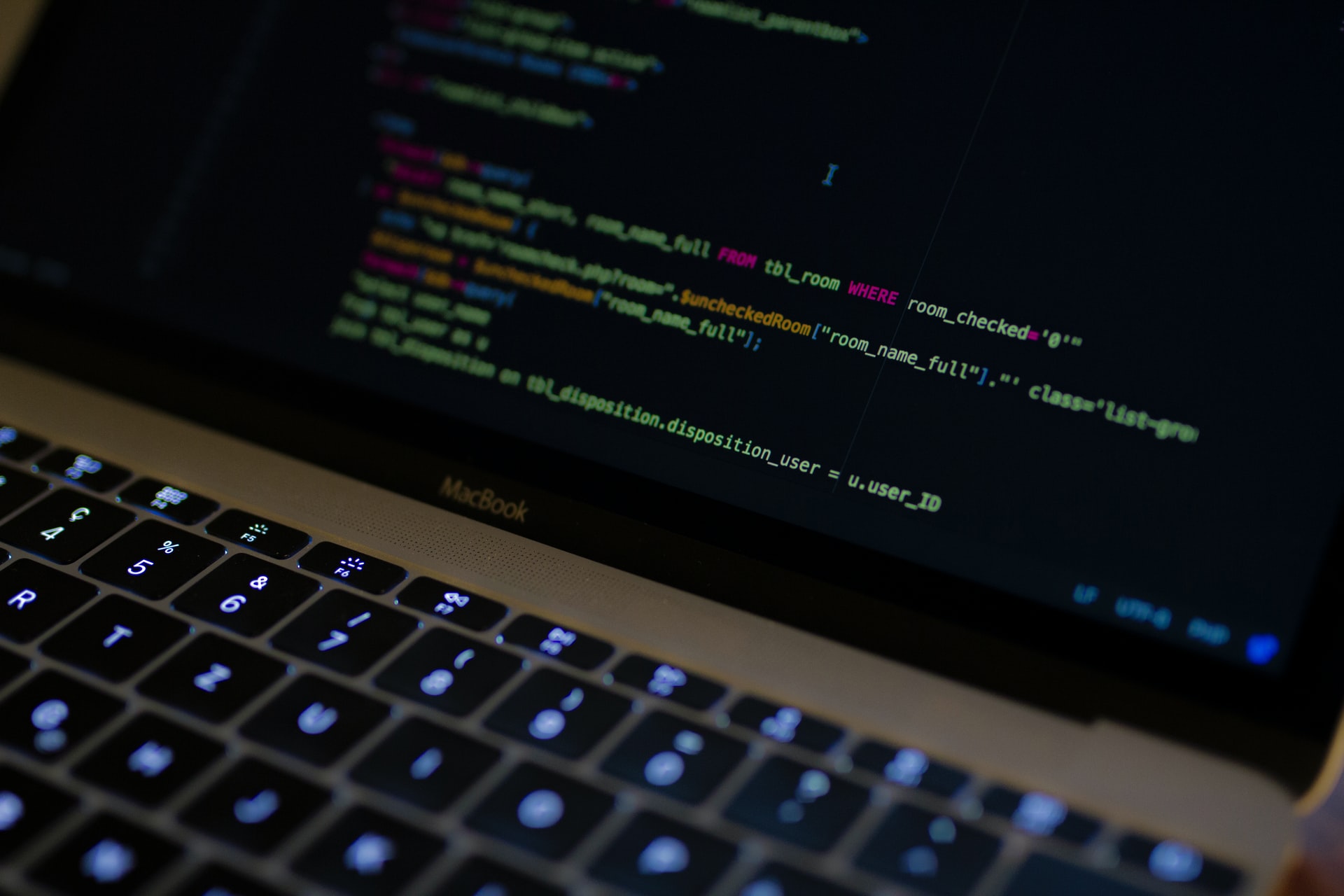 Photo by Caspar Camille Rubin on Unsplash
Photo by Caspar Camille Rubin on Unsplash
I feel I should caveat this post by saying I don’t have any formal teaching qualifications. I have, however, volunteered as an instructor for Code First: Girls on their Introduction to Web Development course and delivered it twice now. So I have a bit of experience that I want to share with others who like me could (just about) code but had never taught coding before. Both times I have taught the course online using video conferencing software such as Zoom and Google Meet. This came with its own set of challenges that these tips also consider.
Here are my top tips for teaching coding remotely.
- 0 Comments
- Feb 25, 2021 10:00:00 AM
- Posted by Natalia Galvis
- Topics: Robotics, About the Robots, EdTech, STEM, Curriculum, teachers, Coding, students, programming, Technology, Edchat, Digital Technology, teaching, online, lessons, eLearning, Automation
5 Ways to Introduce Students to Automation/Robotics
By Devin Partida
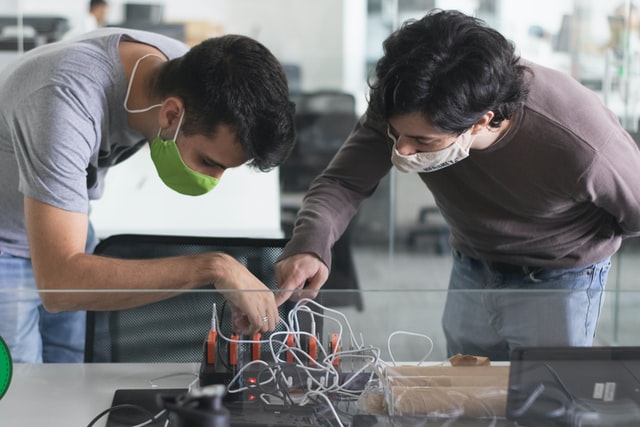 Photo by Marília Castelli on Unsplash
Photo by Marília Castelli on Unsplash
Automation and robotics are everywhere. They enable simple actions like autopay and other, more complex systems like production lines. Their uses throughout the world make them an industry of their own.
Robotics and Programming for Education
For teachers and professors, engaging STEM students of all ages is the biggest obstacle. However, with the right introduction, you can increase interest in this growing industry.
- 0 Comments
- Feb 24, 2021 10:00:00 AM
- Posted by Natalia Galvis
- Topics: Robotics, About the Robots, EdTech, STEM, Curriculum, teachers, students, Technology, Edchat, Digital Technology, teaching, online, lessons, eLearning, Automation
Students at Folsom High School learned how to program with the Nao Robot check out the amazing results!
Beginning computer science students at Folsom High School, in Folsom, California, have been learning how to program using the NAO Robot. After the lessons in the curriculum completed, teams of four students were required to write a lesson plan before they started programming which would include the following:
- Grade level taught
- Subject NAO will be teaching
- Summary of the lesson
- Materials needed to complete the lesson
- A detailed description of the program by using a textual storyborad format
They were then to work as a team to program this lesson, problem solve, work out bugs, and then video tape the lesson once it was working properly. check out the videos, programmig can be fun!
NAO robot teach Bowling
- 0 Comments
- Jun 30, 2017 6:29:10 PM
- Posted by Maria Alejandra Calcetero
- Topics: Robotics, About the Robots, Education, Computer Science, NAO, High School, students, programming
Coding, Programming and Computer Science are not the same
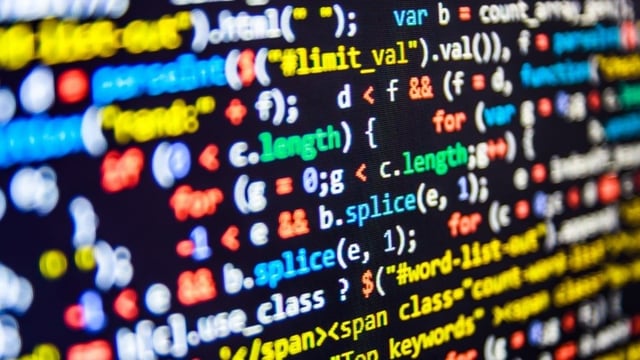
You’ve probably heard about the push to provide students with coding and programming skills as a way to better prepare them for the 21st century and possible future careers. Many companies like code.org, code academy, tinker, programming basics, RobotLAB and many others, offer to students a variety of learning exercises to teach them coding and programming in a fun and easy way. There are even online platforms for children as young as 5 years old.
Nevertheless, exists big differences between coding and programming and it is important to know what makes them unique. Each student has a different goal for their learning; whether it be to improve a specific skill, further a career path or engage with their passion, they should be sure if they want to become a coding or a programmer.
- 1 Comments
- Jun 19, 2017 6:41:23 PM
- Posted by Danat Bekzhassarov
- Topics: About the Robots, EdTech, Coding, students, programming
Three trends in education you must put on your tech-radar
In the past years, teachers are moving from being teachers to being facilitators of discussions in the classroom. From a traditional teacher standing in front of rows of students, we see classrooms transitioned into the high-tech environment, collaborating and working in small teams, sharing ideas and debating with each other, searching for information online, and coming up with presentations that represent their collective understanding/view/work. Schools and classrooms have changed in the past five years more than they have in the 200 years before.
Educators who believe that this change is more than enough, that there’s nothing more to be changed, that this tectonic shift that we’ve seen in the past years has reached its peak, and we can sit and rest from now on and just perfect our teaching methods are up to a big surprise. The ever-accelerating pace of technological advancements is here not to stay. They are set to transform every corner of teaching and learning, and then in no-time, transform it again and again and again.
Here are few upcoming changes we clearly see going to transform the education world very soon.
1. Mixed reality
Unlike virtual reality which blocks the viewer from the world, or augmented reality which just adds some virtual items (menus, Pokemon) on your screen/headset, the mixed reality is the holy grail of this new medium. Mixed reality allows the computer to be aware of the environment, and it’s depth, and attach digital objects to physical ones. In this way, our senses are tricked to think there’s a real object in front of us, although it’s digital.
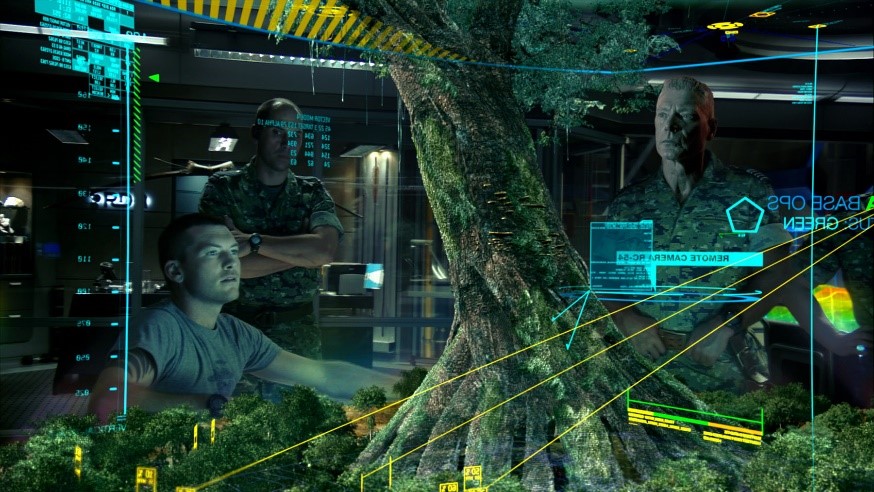
Remember the operations center in the movie Avatar? Everyone is looking at the Tree of Life, from different angles, and they share their thoughts as if the tree is a physical object in the room, although it is a digital rendering of that. This is possible today with tools like Microsoft HoloLens that allow creating a mixed reality environment where everyone shares the same experience. Now imagine this powerful tech in your classroom, imagine you could bring to life concepts in the middle of the classrooms, and let everyone experience them, right in front of their eyes. Allow them to interact with that and allow them to make predictions and test, all while working in between real and digital.
- 0 Comments
- Jun 12, 2017 6:43:23 PM
- Posted by Elad Inbar
- Topics: About the Robots, Student Engagement, Artificial Intelligence
Can robots help students avoid the #PatienceTest? | Elad Inbar | TEDxSVSU
"Robots are just the beginning, new technologies like mixed-reality, are mature enough, and opening doors to even more learning opportunities. Our kids use snapchat’s mixed reality already!
We owe that to our kids.
Every day when they go to school, they trust us to teach them based on recent discoveries, and not based on dogmas from a century ago. [...] without visualizing it for the students, without opening the curiosity-door using a robot, without seeing a real-world use for the math, they would have never listened... ]
Bridging this gap is my life-mission and commitment, to the kids, and to the teachers"
Watch the full TEDx Talk below:
- 0 Comments
- Mar 13, 2017 4:47:22 PM
- Posted by Maria Alejandra Calcetero
- Topics: Robotics, About the Robots, Student Engagement
Relevant Posts
Popular Posts
Subscribe to Email Updates
-
I Want To Learn MoreADDITIONAL INFORMATION



